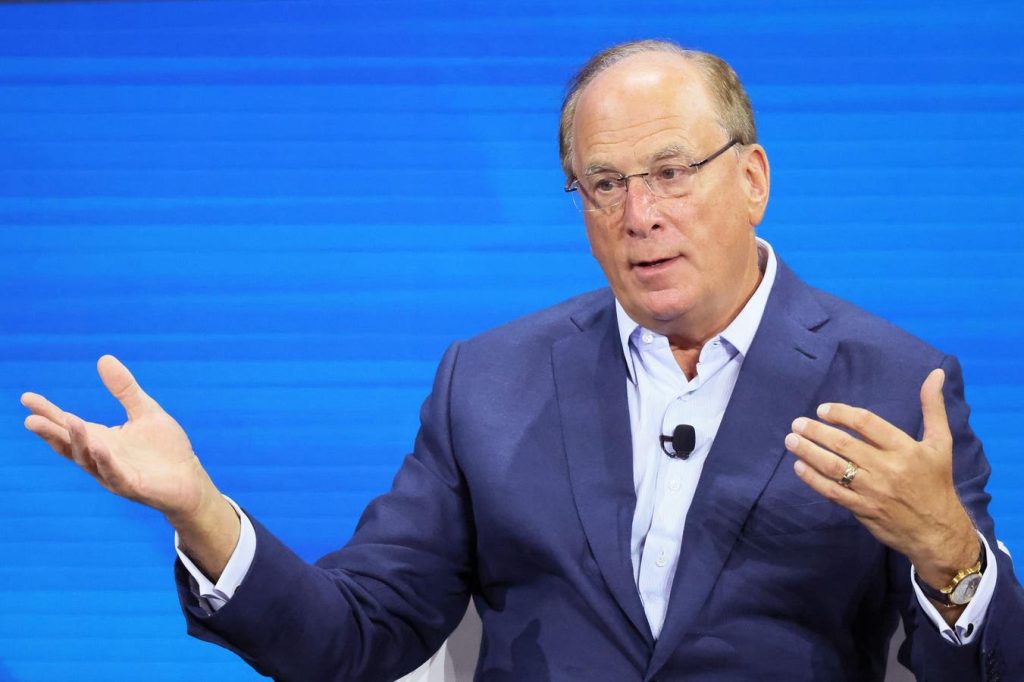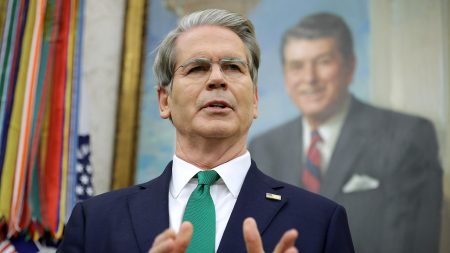BlackRock
BLK
Today, conversations about retirement and retirement age are most often framed around questions math and money. Have individuals and families saved enough to afford retirement, and can current national retirement systems sustain the vast waves of people retiring in the coming decade? This is not an altogether incorrect way of framing the issue, just a very incomplete one.
Retirement certainly includes financial considerations, but it also sits within a complex system that includes much more. Rethinking retirement and retirement age requires aligning both personal and contextual elements that go into the decision and capacity to retire. Let’s look at what might go into the decision to retire.
Many quickly suggest that we are living longer; therefore, working longer is a reasonable expectation, noting that the physical nature of work has changed dramatically since retirement systems were introduced well over a century ago. The 19th-century retirement story was invented to ensure factory and agricultural productivity and efficiency. Workers were viewed as parts of a machine. When a machine part became worn, tired, and less productive, the part was replaced. Or, the older worker was retired and incentivized to leave the workforce with the promise of a modicum of income security and replaced with a younger employee.
Today, technology, particularly automation, is making work less physically demanding, theoretically making it possible for people to work longer. Perhaps. This observation, however, is most often made by researchers, policymakers, and other knowledge workers comfortably seated in air-conditioned workspaces with lower physical demands. Working longer may be an option for some people, but not all.
Technology has certainly reduced the intensity of physical labor, but many professions remain physically intensive even in the most high-tech environments. Physically demanding jobs like construction, healthcare, and farming require a high level of strength and stamina. As workers age, their bodies’ capabilities naturally decline, and the risk of work-related injuries often increases. For instance, an aging construction worker may struggle to lift heavy materials even with the help of automated material handling equipment; a truck driver may find that decades of vibration, even in the best-designed shock-absorbing cab, has caused unbearable back pain; and a nurse may find it challenging to attend to patients for long hours even with the help of a robot administering medications and taking patient vitals.
As shown in Figure 1, RAND’s American Working Conditions Survey of workers ages 25 to 71 indicates that across industries, workers still report significant physical stressors on the job, from repetitive motion to demanding working environment conditions. Even professions with low physical demands, such as, financial analysts, lawyers, and social workers, often report high emotional stress. A recent survey from digital mental health company Headspace indicated that 77% of respondents reported that work-related stress impacts their physical health, and an incredible 79% of Gen X workers indicated that work stress led to a breakup with their significant other or a divorce. For many, the decision to retire is less a choice than a default condition.
Even if an individual would like to continue working past retirement age, the support systems necessary to make that possible are, at best, fragmented and, at worse, absent. Here are just a few contextual elements that need addressing as society rethinks retirement.
Caregiver Support
The decision to continue to work or to retire is not necessarily about the physical or emotional capacity of individual employees entirely. Their future work plans often are defined by their family’s well-being. Often, the declining health of a loved ones demand caregiving that forces workers to downshift in their career or make an exit earlier than planned or even desired. Women are most often the primary caregivers; as such, their financial security is often jeopardized because of the loving care they provide others across their lifespan. A new look at employer, public, and community-based caregiver support services will be critical to rethinking retirement.
Flexible Work
As antiquated as retirement policies may be, so are the notions of work and career. Work-life balance has been a continuing theme since the 1990s. However, the pandemic propelled forward the options of flexible, hybrid, and new forms of when and where work can be done. Younger workers may be leading the charge, and often the demand, for flexibility, but older workers who wish to remain in the workforce longer may be more inclined to continue working past today’s retirement age with employers that offer flexible hours, days, adjustable pay and benefits, and transition plans. Older workers win by being shown a path to retirement rather than simply a date and the door. Employers and younger colleagues benefit by maintaining human capital with the knowledge critical to an enterprise’s success and have the experience to mentor a new generation of professionals.
Technology
Robotics and related artificial intelligence (among many other technologies) may be seen as a force of worker displacement. But they may also help people stay on the job longer. Advances in robotics may steadily reduce the physical burden of physically intensive professions, while AI may serve as a cognitive prosthesis to both younger and older workers in a fast-changing workplace. Moreover, technology may create entirely new roles with existing employers and introduce new professional opportunities that encourage people to view their retirement date with one employer not as the end of a career but as an opportunity to find their next one.
Education
Rethinking retirement cannot be discussed without rethinking education. The velocity of technology, knowledge creation, and market change demands that workers of every age commit to a life of continuous learning. This does not mean endless hours in a classroom; it does mean rewriting the narrative that high school, college, or graduate education provides the skills and knowledge necessary for productive professional lives that may last 40, 50, or even 60 years. Employer training, public education systems, technical training centers, and universities must move beyond today’s rigid program and degree-based education structure to an agile, lifelong learning system that meets the demands of today’s high-velocity world. Such a system would enable workers of every age to remain competitive in both the workplace and the marketplace.
Age Discrimination
Sadly, age discrimination remains a very real barrier to older workers in the workforce or to those seeking to reenter the workforce. According to an AARP survey, a full 90% of respondents believe that age discrimination against older workers is common in the workplace. While there are laws and policies on the books to address discrimination, rethinking retirement will require a real change in actual institutional and individual behaviors coupled with a new social narrative that values people for their contributions, not their date of birth.
Retirement age is often viewed as an immutable law of physics. Each of us has what is effectively an ‘expiration date,’ even though retirement is only a story of convenience made for another time. While people are generally living longer, and additional years certainly present new opportunities, rewriting the story of retirement is about far more than money and math. It is a fundamental system change that is about rethinking institutions, resetting expectations, and rewriting a pervasive narrative that presents and explains an evolving social contract of work and longevity.
Read the full article here















